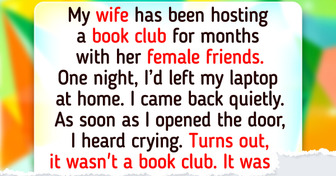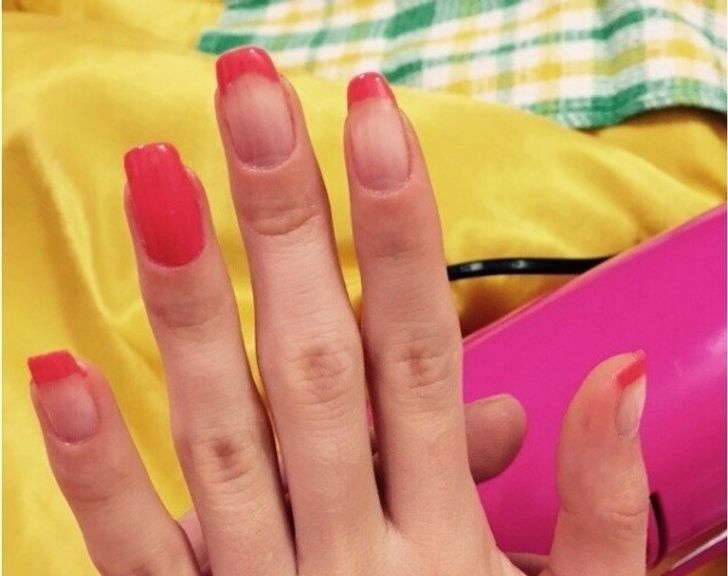Ghhhh
9 Tips for Those Who Want to Get a Safe Manicure
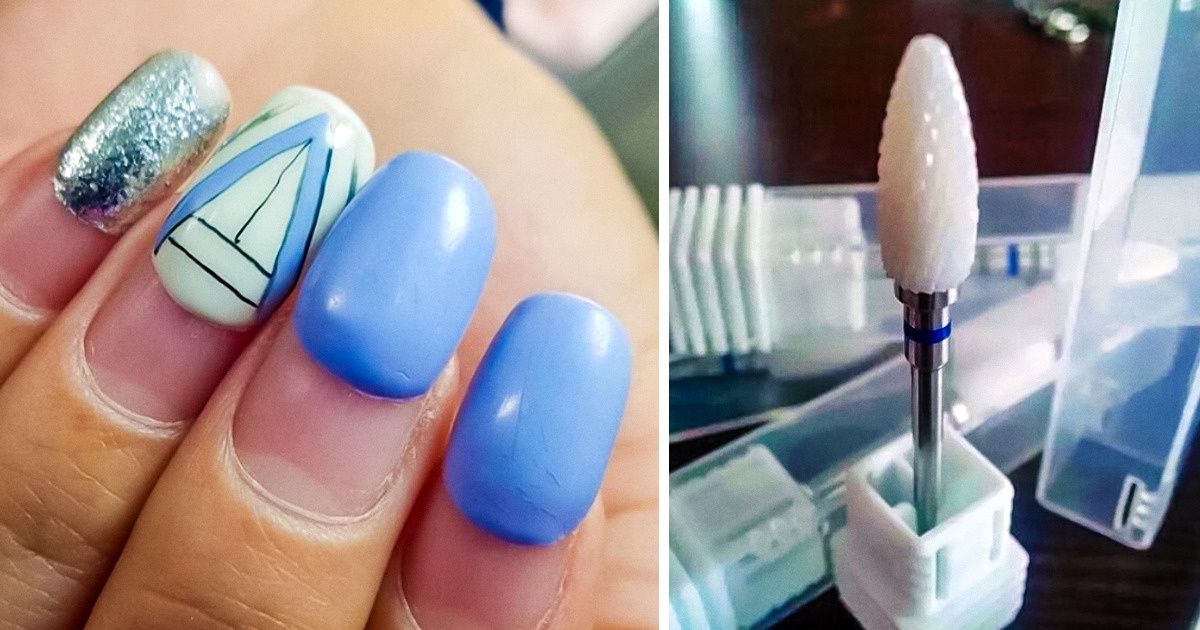
Recently there have been many rumors on social media and various forums that one can get hepatitis or some other scary diseases while getting a manicure. As a result, some of us have even started to file our own nails and apply our own nail polish, while others have ignored these rumors and continued going to get nail salon procedures they are accustomed to. As usual, the truth is somewhere in the middle — one should choose a nail salon where they pay attention not only to the beauty of their work on the nails, but to following necessary safety rules too.
Bright Side tried to find out which conditions are required for getting a manicure and when it’s better to turn around right at the doorstep in order to not risk your health.
1. A bag with tools should be opened in front of you.
The proper sterilization of tools is always done in a papercraft package, which the technician must open in front of you. There should be a small square indicator on the bag — initially, it will be a grey color and after sterilizing it will turn a dark-pink or a light-brown tinge (the color will depend on how the sterilization is done — by steam or by dry air).
This cleaning that is done by the technician is a guarantee that their tools are cleaned from various bacteria left over from the previous client and are completely safe for use.
2. Wooden sticks and napkins can be used only once.
All consumables for manicures should be disposable. That’s why you should pay attention to how the utilization of napkins and wooden sticks are made in the salon. Used sticks should be stored in special waste containers (some technicians even break these sticks after they’ve been used).
Sometimes salons that want to save money put an ordinary towel under a client’s hands, which they simply shake off after the procedure. But in reality, this is a violation of safety rules — each hand should be processed on a special napkin.
3. A good manicure should not take less than one hour.
Before getting a manicure, ask your technician how much time they will need to perform this procedure. If they tell you that it will take around 30 minutes, you should probably opt for another salon. A classic manicure takes about one hour, where 40 minutes are taken up by removing the cuticles and shaping up the nails.
20 more minutes are required to cover the nails with nail polish (degreasing, applying the base, 2 layers of nail polish and a fixer). Of course, it can be done faster but in this case, there are high risks that your manicure won’t look as great after one week. A correctly done manicure will stay on your nails and look great even when your nails start growing.
4. A good technician won’t cover your nails with cheap nail polish.
Have you ever seen an offer for a manicure for only $10? Don’t feel shy about asking which materials the technician will be using. A base on which a cheap nail polish is applied can over dry your nails. Due to the high content of acids, it gets deep into the nail plate and damages its structure. As a result, your nails might start stratifying after a couple of these procedures. That’s why nail polishes and other materials used in the salon must be professional grade.
5. The client and the technician must be protected from exposure to chemicals.
Many materials for nail modeling have a strong and unpleasant smell, while the acrylic dust that is formed when filing off old layers of coating can damage your health. That’s why the table for doing manicures should be equipped with a ventilation system. Also, there should be a common exhaust hood working in the entire salon too. While you are waiting for your turn, pay attention to how the technician is working with other clients — they should be using a respiratory mask and keeping chemicals at a safe distance from their clientele.
6. The technician should only perform manicures on healthy hands and nail plates.
You should feel alarmed if your technician starts to perform your manicure while not paying attention to small scratches on the skin of your hands and visible nail diseases. Technicians who value their reputation will never risk working with injured hands. In this case, they will recommend getting a treatment and only after that, to do a manicure and modeling.
It’s better to refuse the services of a salon where no one pays attention to the condition of their clientele’s hands. Even if the tools are sterilized properly, there is a high chance of getting infected with a fungus or some other unpleasant disease.
7. Technicians must use their tools professionally and be able to work with chemicals.
Scrapers, trimmers, and various cutters, as well as acetone, acrylates, and synthetic polymers — there are so many things that are used to make our nails look beautiful. At the same time, we should remember that a technician must be able to hold any of the tools mentioned above confidently. Don’t hesitate to ask your technician for a certificate of attendance in the relevant courses.
Additionally, all the employees of a salon must get instructed by the manufacturer about how to work safely with the chemical materials they provide. Another important thing to keep in mind is that before using any products needed in manicuring you should get tested for a possible allergic reaction.
8. A technician should look neat and maintain an organized workspace.
The reputation of the salon is, in part, a reflection of the neatness of its employees and the organization on their manicure tables. Before starting to work with a new client, a technician must process their workspace and discard used gloves. After that, they should wash their hands with antibacterial soap and offer to do the same to their new client. And it’s not paranoia but an effective barrier against various infectious diseases.
9. There shouldn’t be piles of old magazines stored in a salon.
As unexpected as it might sound, magazines that clients are offered to look through while waiting for their turn can be a source of microbes too. They are unlikely to be processed with an antibacterial solution, but the tattered pages of these publications have been in the hands of many people. So if you want to learn about the latest fashion trends, take only the freshest publications from the pile.
Bonus: If you use the service of a private technician or want to get an express manicure
- It’s better to visit a private manicure technician with your own personal tools. These kind of freelancers usually don’t have enough money to buy expensive sterilizing equipment. Autoclaves in salons are guaranteed to kill all dangerous microorganisms, while the UV lamp used by many private manicure artists is not a serious threat to a number of bacteria and viruses. The attempts to “wash away” all bacteria with the help of water will likely be not that effective either.
- A manicure done in a stall at the mall also can’t be deemed a 100% safe procedure. Very often, manicure technicians end up sterilizing nails quickly and don’t have the opportunity to clean their tools properly.
- The habit of getting your nails done on the eve of big holidays is associated with serious risks. It’s the time when manicure technicians are overloaded with clientele and don’t have enough time to sterilize their equipment.
Have you ever had to refuse the service of a manicure technician because you didn’t like the way they looked or because the environment in the salon didn’t look trustworthy? Please share your experience with us in the comments!
Comments
Related Reads
18 Stories That Prove Your Gut Feeling Is Actually a Superpower You Shouldn’t Ignore

18 Stories That Prove a Cleaner’s Job Is About More Than Just Dusting

I Refuse to Pay for the Office Christmas Party I Won’t Attend, Now HR Is Targeting Me
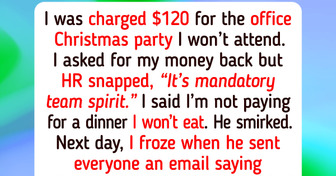
15 True Stories With Mind-Blowing Endings That Could Rival Hollywood
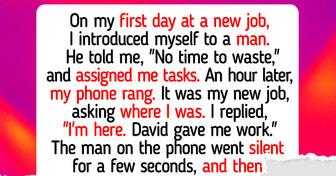
I Refuse to Let My Husband Do a Sanitary Job—His Excuse Left Me Stunned

I Refused to Follow My Mom’s “Different Beds” Rule—And the Real Reason Was Heartbreaking

My In-Laws Told Me Not to Share a Bed With My Wife—I Am Furious

I Refused My DIL’s Outrageous Diet Demands—I’m Not an On-Call Chef

I Refuse to Sacrifice My Social Life Just Because My Wife Is Tired of Being a Mom
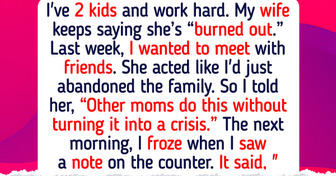
I Refuse to Obey My Pregnant DIL’s Demand to Turn a Merry Christmas Into a Vegan One

I Refuse to Be a Wallet for My Girlfriend’s Kids, and Her Family Is Calling Me Selfish
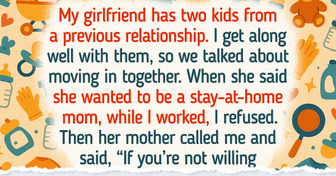
10 Times People Had to Face Cruel Reality
